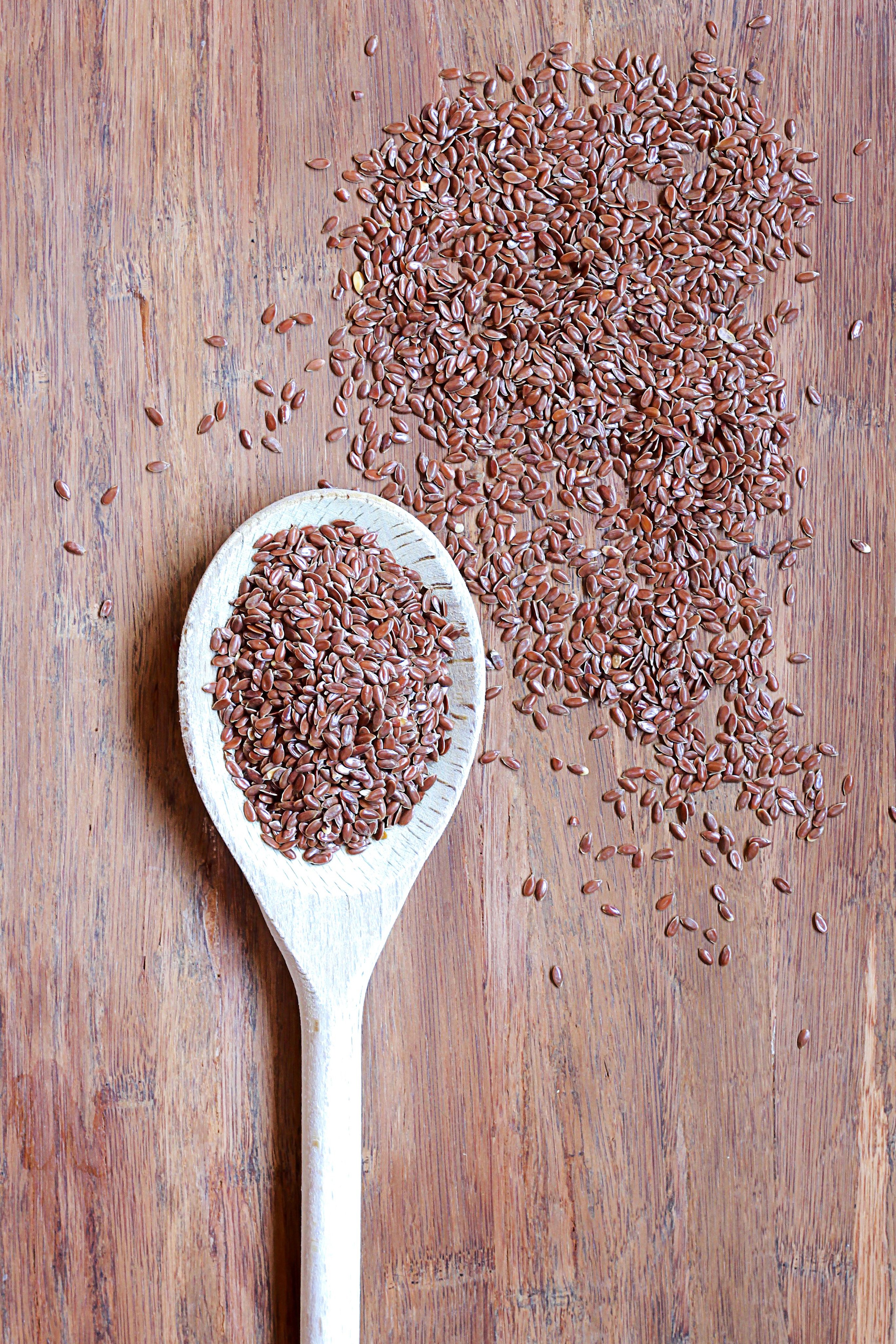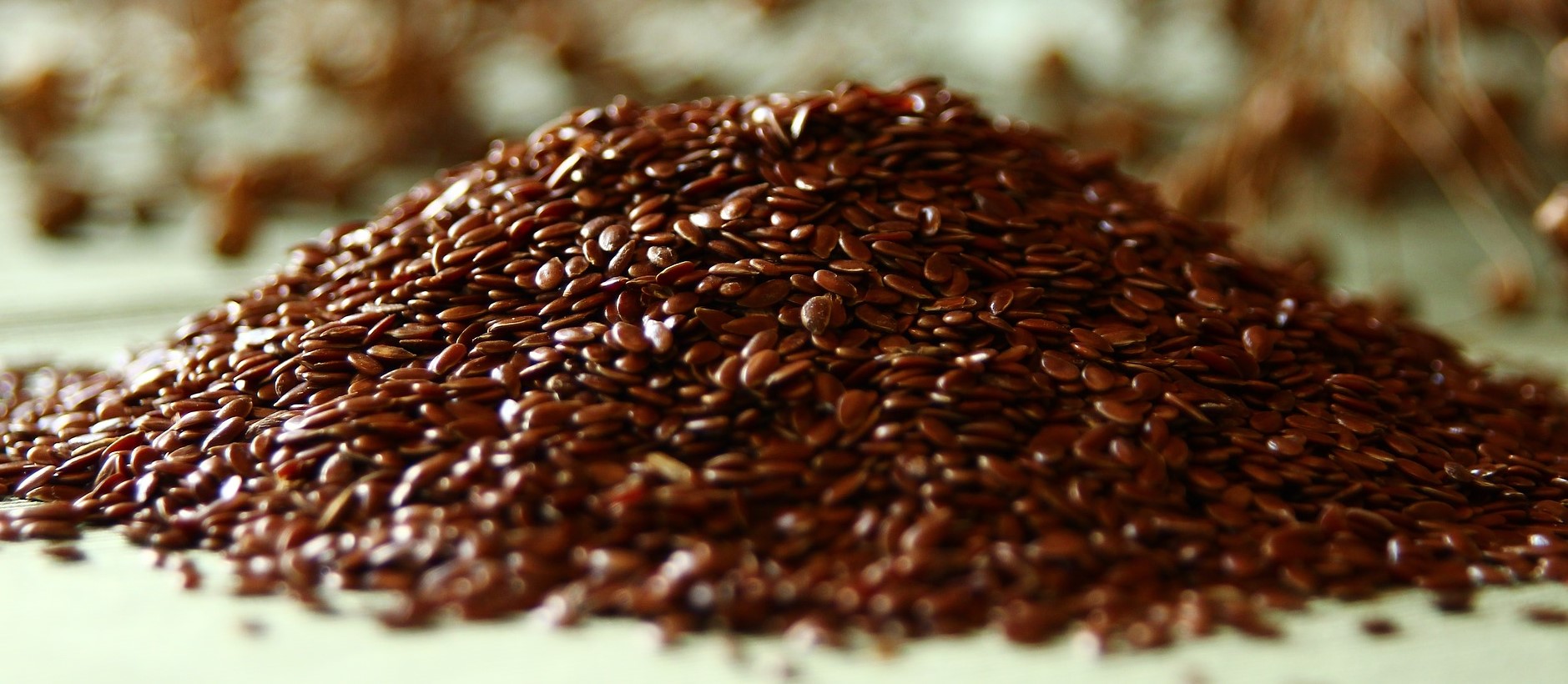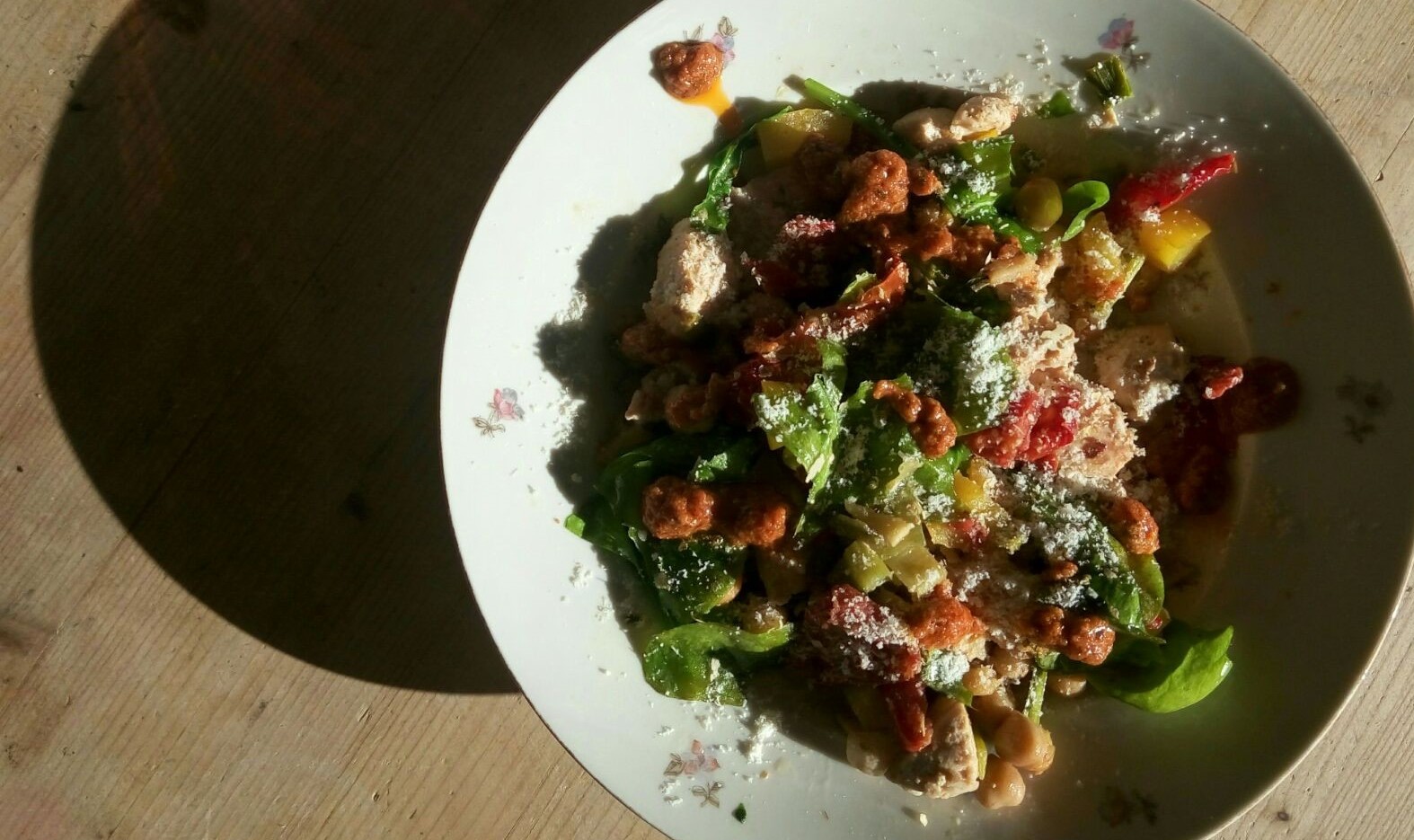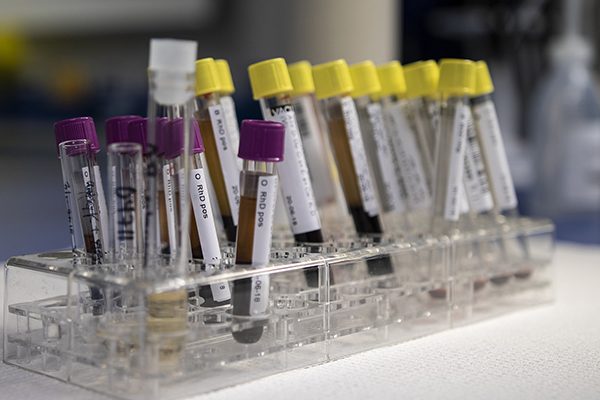It is widely accepted that the inclusion of adequate fibre into your diet helps to keep your gut happy and healthy. This may seem like such a simple solution – but is it a viable solution if you’re suffering with IBS? How can you achieve these health benefits without causing further discomfort to your already sensitive gut? What if you’re on the Low FODMAP diet and are finding it hard to reach the recommended daily allowance of fibre?
I have previously written about how fibre can protect your gut health by affecting the mucus layer – the gut’s protective lining. That blog was based on a study in mice that explored how different levels of dietary fibre affected the colonic mucus layer. However, there is so much more to the role that fibre plays in keeping your gut healthy. In this blog I’m going to take a look at a couple of those roles.
Fibre and Fermentation
Fibre is a type of carbohydrate that cannot be fully broken down by our bodies. This undigested material can result in varying levels of fermentation in your gut, depending on the structure, viscosity and solubility of the fibre. As your gut microbes start to break down the fibre, they release a number of gases (like H2) and other important products, known as short chain fatty acids (SCFA).
Excessive gas can result in really uncomfortable symptoms, like bloating, cramping and distension. Some individuals have a higher tolerance for the presence of gas in their intestines. This is because they have developed an equilibrium between production and release of the gas. However for some of us, we are unable to achieve such a balance and we retain excess gas, resulting in digestive symptoms and discomfort.
All fibres are not created equally
There are so many different types of fibre, found in a range of plant-based foods, and they can have varying effects and health benefits on the body. Eating a diverse mix of these foods, containing a range of dietary fibres that your gut can tolerate well, should help to support your digestive health and wellbeing.
In terms of solubility, fibre can be divided into two main groups (excluding prebiotic fibres):
Insoluble fibre
Insoluble fibre can help to keep things moving through your digestive tract, by increasing the biomass of your stool, which potentially increases the mechanical stimulation in the colon. This type of fibre is usually recommended for people who are constipated. However in people with abnormal motor activity/ function and increased sensation in their gut, insoluble fibres might in fact make symptoms worse.
Soluble fibre
Soluble fibre dissolves in water, forming a viscous, gel-like material. It has a better capacity to hold water, which softens the stool, making it easier to pass. The viscous mass can also reduce fat absorption by binding the bile acids secreted in response to the ingestion of fat. In addition, soluble fibre has a cholesterol lowering effect and can also help to stabilize blood glucose levels. It also has a direct impact on digestion, by slowing down stomach emptying and digestion of foods, providing satiety and controlling hunger levels.
Many foods contain a mixture of both soluble and insoluble fibres, so ideally you want to try incorporate a variety of fibre-rich foods into your diet. Fibre is mainly found in foods like fruits, vegetables, whole grains and legumes.
Fermentation and Short Chain Fatty Acids
As mentioned above, Short Chain Fatty Acids (SCFAs – e.g. butyrate, acetate and propionate) are beneficial products of fermentation, for a number of reasons:
- Provide necessary energy for colonocytes (cells lining our large intestine) and enterocytes (specialized cells for absorption of nutrients in our small intestine)
- Help to protect against colorectal cancer and inflammation
- Help to maintain a healthy weight
- Help improve glucose tolerance (protect against diabetes and insulin resistance)
What about the other f-word…FODMAPs
Reaching your recommended daily fibre allowance can be challenging for somebody on a Low FODMAP diet, as fibre rich foods might be restricted or limited. Not only that, some fibres can ferment more rapidly than others. This can also be very problematic for people with IBS, as it leads to uncomfortable symptoms due to the rapid production of gas in the gut.
FODMAPs are poorly absorbed short-chain carbohydrates which are rapidly fermented, resulting in excess gas production. Identifying your tolerance to each FODMAP (some may be better absorbed than others), rather than avoiding them all completely is important. Some potentially problematic fibres which might cause discomfort for people with sensitive guts include:
- Inulin (onion, garlic and wheat products)
- Pectin (citrus fruits, peaches and root veg)
- Resistant starch (green bananas, oats and potatoes)
- Guar gum (thickening/ stabilising agent in some baked goods, dairy products and condiments).
So, how do I increase fibre in my diet without increasing uncomfortable symptoms?
The best way to obtain all the important health benefits of fibre, without any uncomfortable side effects, would be to include a fibre that ferments more slowly and for extended periods of time in your diet. It’s very important to ensure you get the recommended daily allowance of fibre and don’t unnecessarily cut out any food groups.
Finding foods that are naturally rich in fibre and that you enjoy eating will make it easier to maintain adequate fibre levels in your diet. Pysllium and methylcellulose are two examples of soluble, slowly fermented fibres. These have the capacity to hold water throughout the colon, helping to soften the stool, providing relief for those with constipation. Both of these fibres have shown potential health benefits for people with IBS.
Linseeds, also known as flaxseeds, are a source of both soluble and insoluble fibre and have been shown to help with stool-bulking (due to the insoluble fibre) and also stool softening (due to the soluble fibre content). There is a potential role for linseeds in the management of IBS symptoms but further studies are needed, due to the low number of subjects who participated in the study (linked above).
If you would like to increase your dietary fibre intake but are unsure where to start, why not speak with your dietitian or doctor for advice. They can help you identify foods/ supplements that best suit your digestion and symptoms. When you start to increase your daily fibre intake, start slow, with a small amount. This will allow your body to adapt slowly over time. If you experience any uncomfortable or new symptoms, please consult with your healthcare provider.
Finally, listen to your gut – it is important to find a balance that works for you.

FoodMarble is a pocket-sized breath analysis device. It helps people with chronic digestive issues determine the foods that work best with their digestive system. To learn more about FoodMarble, visit www.foodmarble.com.
Photo Credits:
Top photo: alexdante from Pixabay
Bottom photo: Burst on StockSnap





